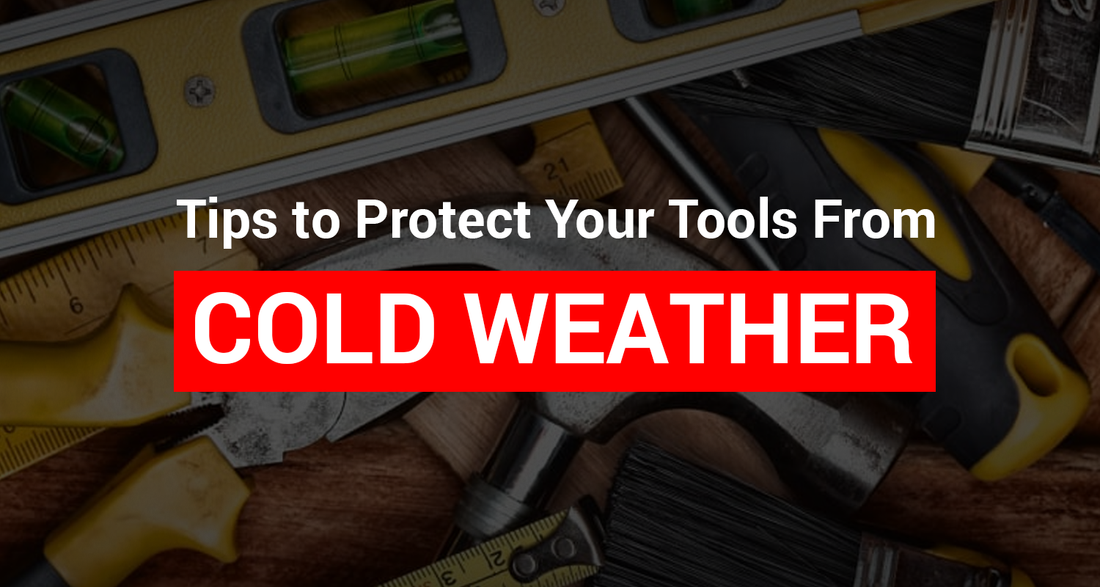As winter blankets the United States with chilly temperatures, it's crucial for professionals and DIY enthusiasts alike to take extra precautions in safeguarding their valuable tools from the harsh effects of cold weather. Cold temperatures can adversely impact the performance and longevity of your tools, leading to potential damage and decreased efficiency. To ensure your tools remain in optimal condition, here are some indispensable tips to protect them during the cold winter months.
Store Tools Indoors:
One of the most effective ways to shield your tools from the cold is to store them indoors whenever possible. Whether it's a garage, shed, or workshop, keeping your tools in a climate-controlled environment helps prevent exposure to extreme temperature fluctuations. This not only protects the metal components of your tools from corrosion but also preserves the integrity of electrical components.
Apply Rust Inhibitors:
In regions of the USA where winters bring damp conditions, tools are particularly susceptible to rust. Combat this threat by applying a rust inhibitor to metal surfaces. These inhibitors create a protective barrier that shields your tools from moisture, preventing rust and corrosion. Before storing your tools, ensure they are clean and dry, then apply the rust inhibitor according to the manufacturer's instructions.
Insulate Power Cords:
Cold weather can make power cords more rigid and susceptible to damage. To prevent cracking or breakage, insulate your tool's power cords with heat-resistant materials. Additionally, when using tools outdoors, avoid leaving cords exposed to the elements for extended periods. Instead, use cord reels or protective covers to shield them from the cold and prevent potential electrical hazards.
Lubricate Moving Parts:
Cold temperatures can cause lubricants to thicken, leading to increased friction and potential damage to moving parts in your tools. To counteract this, use a lubricant specifically designed for cold weather conditions. Apply it to the moving parts of your tools, such as hinges, gears, and blades, ensuring they remain well-lubricated and operate smoothly even in freezing temperatures.
Invest in Insulated Tool Storage:
For those who work outdoors or transport tools frequently, investing in insulated tool storage is a wise decision. Insulated toolboxes or bags provide an extra layer of protection against the cold and help maintain a stable internal temperature for your tools. Look for options with durable, weather-resistant materials to ensure maximum protection against the elements.
As winter takes hold across the USA, it's paramount to prioritize the protection of your tools. Implementing these tips will not only extend the lifespan of your equipment but also contribute to the efficiency and safety of your work. By taking proactive measures to shield your tools from the cold, you'll be better prepared to tackle projects with precision, regardless of the weather conditions.

